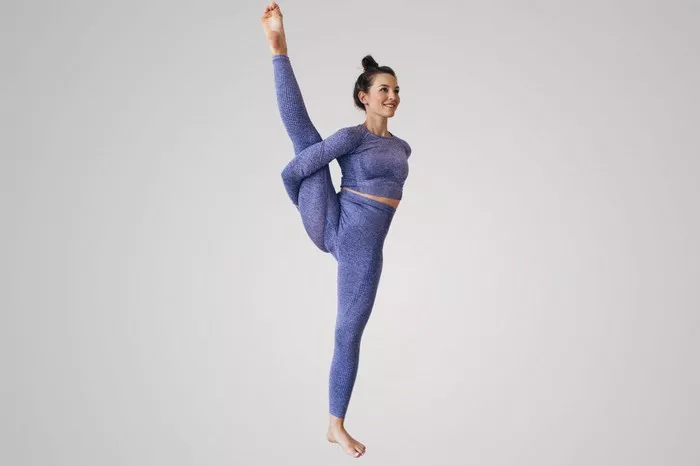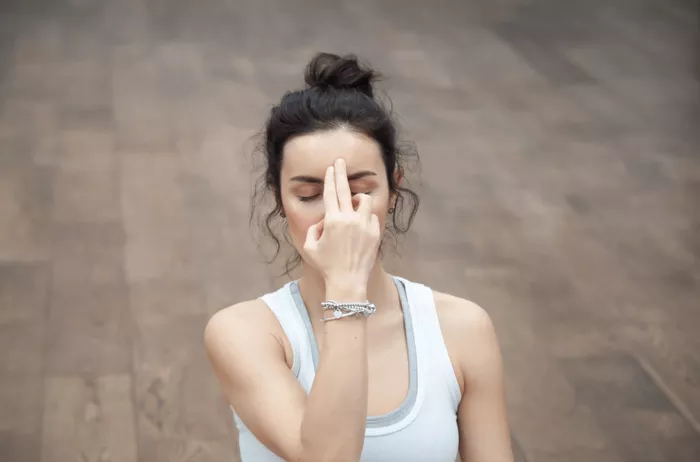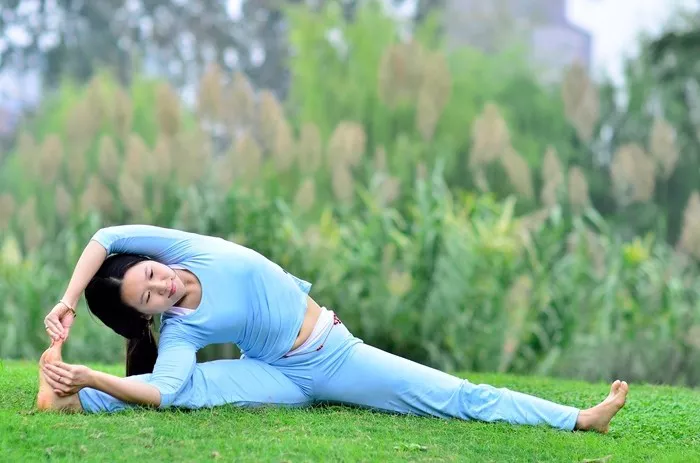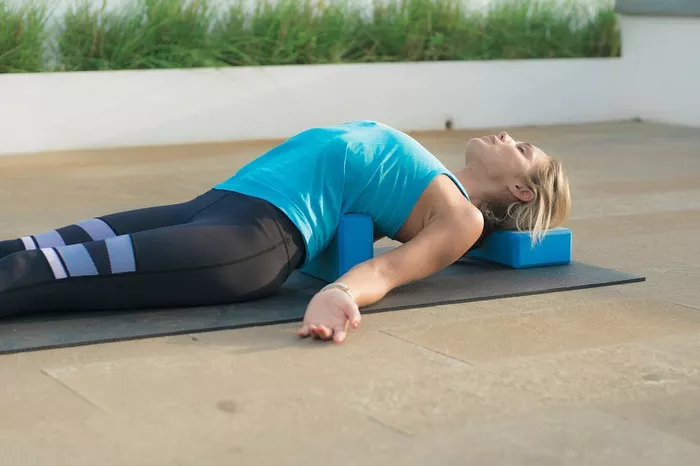Cervical spondylosis, a common age-related condition, affects the neck’s vertebrae and discs. It can lead to pain, stiffness, and reduced mobility, significantly impacting one’s quality of life. Fortunately, yoga offers a natural, non-invasive way to manage and alleviate these symptoms. Here, we explore five of the best yoga poses specifically tailored to ease the discomfort associated with cervical spondylosis.
1. Cat-Cow Pose (Marjaryasana-Bitilasana)
The Cat-Cow Pose is a gentle way to warm up and bring flexibility to the spine. It also helps to relieve tension in the neck and shoulders, which is crucial for those suffering from cervical spondylosis.
How to Perform Cat-Cow Pose:
- Begin on your hands and knees, ensuring your wrists are directly under your shoulders and your knees are under your hips.
- Inhale deeply as you drop your belly towards the mat, lifting your chin and chest, and gazing up toward the ceiling. This is the Cow Pose.
- Exhale as you draw your belly to your spine and round your back toward the ceiling, tucking your chin to your chest. This is the Cat Pose.
- Continue to flow between Cat and Cow Poses for about 1-2 minutes, coordinating your breath with your movements.
Benefits:
- Enhances spinal flexibility.
- Relieves tension in the neck and shoulders.
- Improves posture.
2. Child’s Pose (Balasana)
Child’s Pose is a restorative posture that provides a gentle stretch to the back, hips, thighs, and ankles. It’s especially beneficial for relaxing the neck and back muscles.
How to Perform Child’s Pose:
- Start by kneeling on the floor. Touch your big toes together and sit on your heels, then separate your knees about hip-width apart.
- Exhale and lay your torso down between your thighs.
- Extend your arms forward, palms down, or place them alongside your body with palms up.
- Rest your forehead on the mat and breathe deeply, holding the pose for 1-2 minutes.
Benefits:
- Stretches the spine and shoulders.
- Relieves neck and back pain.
- Promotes relaxation and stress relief.
3. Cobra Pose (Bhujangasana)
Cobra Pose is excellent for strengthening the spine and alleviating discomfort in the neck and upper back, making it a great pose for those with cervical spondylosis.
How to Perform Cobra Pose:
- Lie on your stomach with your legs extended back and the tops of your feet on the floor.
- Place your hands under your shoulders, keeping your elbows close to your body.
- Inhale as you press into your hands, lifting your chest off the ground. Keep your elbows slightly bent and your shoulders away from your ears.
- Hold the pose for 15-30 seconds, breathing evenly, then gently lower yourself back down.
Benefits:
- Strengthens the spine.
- Stretches the chest, shoulders, and abdomen.
- Helps to alleviate back pain.
4. Bridge Pose (Setu Bandhasana)
Bridge Pose offers a gentle backbend that helps to open up the chest and stretch the neck and spine, which can be particularly beneficial for those experiencing stiffness from cervical spondylosis.
How to Perform Bridge Pose:
- Lie on your back with your knees bent and feet flat on the floor, hip-width apart.
- Place your arms at your sides, palms down.
- Inhale and lift your hips toward the ceiling, pressing firmly into your feet and arms.
- Hold the pose for 30 seconds to 1 minute, then slowly lower your hips back to the floor.
Benefits:
- Strengthens the back, buttocks, and hamstrings.
- Stretches the chest, neck, and spine.
- Improves circulation and relieves tension.
5. Neck Stretches
Simple neck stretches can be highly effective in relieving the pain and stiffness associated with cervical spondylosis. They can be done seated or standing and are easy to incorporate into your daily routine.
How to Perform Neck Stretches:
- Sit or stand up straight with your shoulders relaxed.
- Slowly tilt your head towards your right shoulder, trying to touch it with your ear. Hold for 15-30 seconds.
- Return to the starting position and repeat on the left side.
- For a forward stretch, lower your chin towards your chest and hold for 15-30 seconds.
- Finally, look up towards the ceiling and hold for 15-30 seconds.
Benefits:
- Increases flexibility in the neck.
- Relieves tension and stiffness.
- Improves blood circulation to the neck region.
Conclusion
Incorporating yoga into your daily routine can be a highly effective way to manage and alleviate the symptoms of cervical spondylosis. The poses highlighted—Cat-Cow, Child’s Pose, Cobra Pose, Bridge Pose, and Neck Stretches—are specifically chosen for their benefits in enhancing flexibility, reducing tension, and strengthening the muscles supporting the cervical spine. Consistent practice, coupled with mindfulness and attention to proper form, can lead to significant improvements in mobility and pain relief.





















